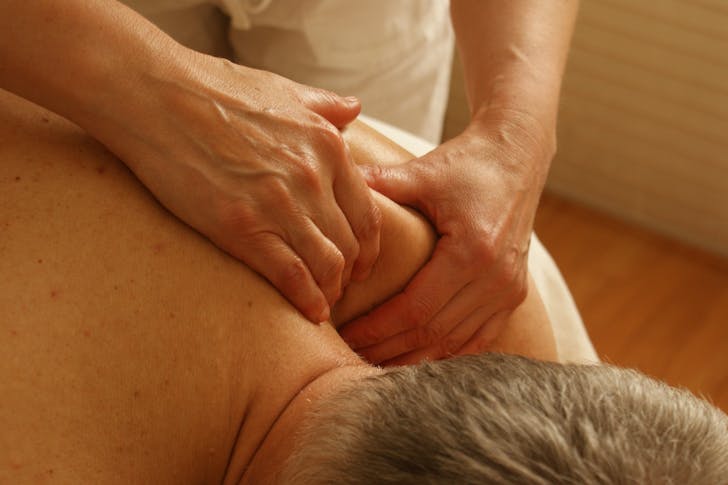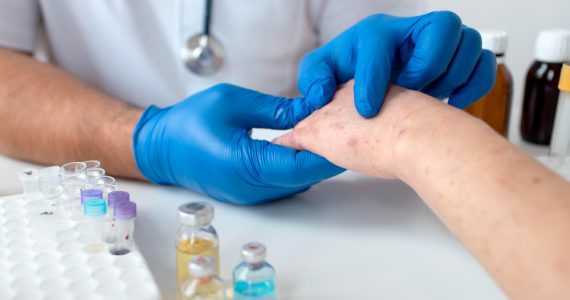Massage therapy is primarily known for enhancing circulation, relieving muscle tension, and promoting a sense of relaxation. However, the notion that massages directly eliminate toxins from the body is a common misconception. The liver and kidneys are the primary organs responsible for detoxification. Still, massage can indirectly support these processes through various physical responses.
Types of Massage and Toxin Release
While massages do not directly expel toxins from the body, they do activate systems that aid in natural detoxification. Different massage techniques, from relaxing Swedish massages to targeted lymphatic drainage, can help reduce muscle soreness and support the body’s detox processes. These treatments stimulate circulation and lymph flow, enhancing the body’s ability to eliminate waste products.

Lactic Acid: The Culprit in Muscle Soreness
One of the key benefits of massage is the facilitation of lactic acid removal. Lactic acid builds up in muscles during intense physical activity, leading to soreness and fatigue. Gentle kneading and pressure applied during a massage can help disperse lactic acid, relieve discomfort, and promote quicker muscle recovery.
Bid Farewell to Carbon Dioxide
During a massage, the increased blood flow to muscles delivers more oxygen and helps remove carbon dioxide, a waste product of cellular respiration. This process can enhance overall energy levels and leave you feeling rejuvenated. Massages contribute to better cellular function and overall health by improving oxygen delivery and carbon dioxide removal.
Boosting Detox with Lymphatic Stimulation
The lymphatic system is crucial in detoxifying the body by transporting waste and toxins away from tissues. Massage can significantly impact lymphatic circulation through gentle, rhythmic movements. Techniques like lymphatic drainage massage are specifically designed to stimulate lymph flow, aiding in removing toxins and supporting immune system health.
Relaxing Your Body with the Nervous System
Massage therapy also activates the parasympathetic nervous system, often called the “rest and digest” system. This nervous system part helps conserve energy, reduce heart rate, and promote relaxation. When the parasympathetic system is engaged during a massage, it reduces stress and anxiety, allowing the body to handle toxins more effectively. This relaxation response enhances overall health and well-being.
The Role of Massage in Enhancing Hydration

Proper hydration is essential for the body’s detoxification processes. After a massage, it is crucial to drink plenty of water. This helps flush out any waste products and supports the kidneys in their role of filtering toxins from the blood. Hydration also aids in preventing muscle cramps and maintaining overall cellular health. By staying well-hydrated, you can maximize the benefits of your massage and ensure your body efficiently processes and eliminates toxins.
While the primary aim of massage therapy is not to remove toxins, it plays a significant role in supporting the body’s natural detoxification processes. By relieving muscle tension, improving circulation, stimulating the lymphatic system, and promoting relaxation, massage therapy helps maintain a healthier, toxin-free body. Treating yourself to regular massages is not only a form of self-care but also a proactive step toward better health and well-being.




